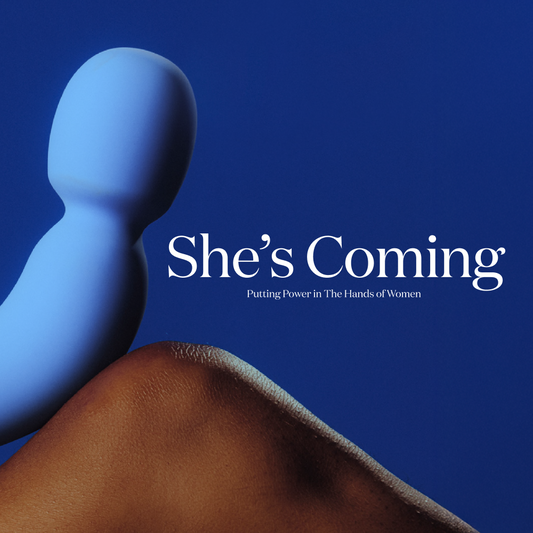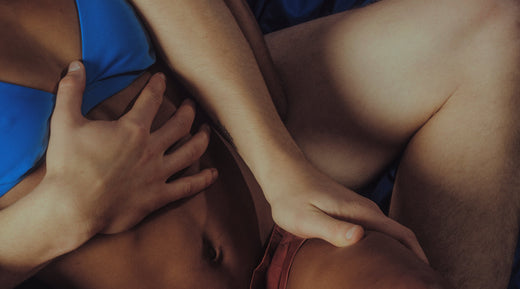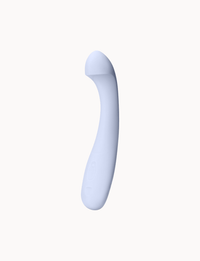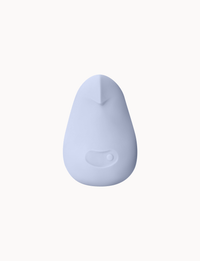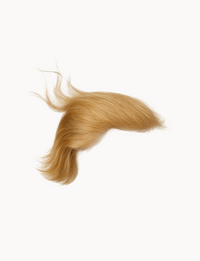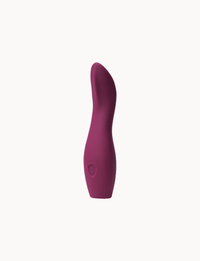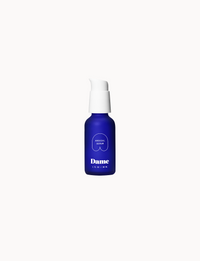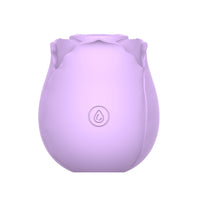Today, pubic hair grooming is commonplace. One 2016 study found that 84 percent of women removed their pubic hair in some way, whether by shaving, waxing, trimming, tweezing, creams, lasers, or electrolysis. Many women take for granted that they’re expected to modify their genitals in this way, but that hasn’t always been the case. Various pubic hair trends have gone in and out of style throughout history and will undoubtedly continue to do so.
There are records of pubic hair removal as far back as 3,000 B.C. in ancient Egypt and India, where copper razors were the tool of choice. Later on, in ancient Rome, people used tweezers, pumice stones, and creams, and during Cleopatra’s rule in Egypt, people used a technique called “sugaring” — waxing with a substance made of sugar. Not everyone did this, though; ancient Egyptian art depicts women with pubic hair, indicated by black triangles. In classical and Renaissance European art, both men and women were usually hairless, with the exception of some female pubic hair in the Renaissance art of northern Europe.
But in the 18th century, French philosopher Denis Diderot observed that pubic hair was more common to see in depictions of male figures than females. In the U.S., body hair removal was not the norm until the early 1900s, when women’s magazines began running ads promoting hair removal products, starting with Harper’s Bazaar in 1914. A 1917 Gillette ad for a women’s razor promises to solve “an embarrassing personal problem.”
Still, full bushes remained the norm in the U.S. for several decades thereafter. ‘70s porn is known for its celebration of full bushes. At that time, shaving pubic hair was actually associated with kink, says Good Vibrations staff sexologist Carol Queen. We may owe the pressure many women (and, to a lesser extent, men) face to have bald genitals to modern-day porn.
Hairlessness became the convention in the ‘80s and ‘90s, says porn photographer Ellen Stagg. Tami Rose, who owned a spa offering pubic hair grooming from 2008 to 2009, believes this may have had to do with porn stars being under more intense scrutiny due to higher-quality cameras. The ‘90s were the decade that triangles, “landing strips,” and other shapes came into style, says Queen. In the late ‘90s, she began getting questions about shaving and dealing with razor burn and bumps in her sex Q&A column.
Roger Friedland, Professor Emeritus of Religious Studies at the University of California- Santa Barbara, says that in his surveys of college students, pubic hair grooming for both men and women was correlated with how much porn they watched. But the pressure to emulate porn star styles may come not just directly from porn but also from partners who have watched it.
"Surveys of students in my media and sexuality classes indicated that women felt pressured by boyfriends who were themselves conditioned by porn," porn scholar Joseph Slade told Vice in 2017. Fashion also may have played a role, according to Rose. “In the mid-2000s, waistlines were dropping to ridiculous levels, and all the housewives were doing pilates classes, trying to flatten their bellies enough to expose their hip bones. Thongs were in, and we even had a thong song,” she says.
Interestingly, this did not just affect women—she began seeing more men asking for Brazilians at the spa during this time. In addition, Friedland’s surveys have found that pubic hair removal may be associated with hookup culture. Many women said they removed their pubic hair to improve their sexual experiences, implying that perhaps hairlessness increases sensitivity, yet despite this, their pubic hair habits did not correlate with whether they’d had an orgasm in their last sexual encounter.
When he probed further, he found that some women removed their pubic hair because their partners were unwilling to reciprocate oral sex otherwise. Some men said the same thing. “That’s also just an association with the proliferation of oral sex, which was not common for a long time,” says Friedland. There may also be more insidious reasons behind pubic hair stigma.
Friedland believes it was a form of backlash against the feminist movement and its call for less stringest standards for women’s appearances, especially around body hair. “The erasure of pubic hair followed the public explosion of female power,” he says. “Pubic hair started to really go after feminism was taking off with the Equal Rights Amendment, so there is a prima facia case that it is caught up with the reaction to feminism.”
Pubic hair may be making a comeback, though. Trendsetter Gwyneth Paltrow announced on Ellen in 2013 that she worked “a ‘70s vibe.” The following year, American Apparel made headlines for displaying a mannequin with her pubes peeking out from beneath her underwear. Yahoo declared in 2015 that “the bush is back,” citing the protagonist in the Fifty Shades of Grey movie’s pubes.
A 2017 Redtube survey found that searches for the word “bush” had risen over the past year, and Elle called 2019 “the year the bush is due to grow back.” “Back in 2005, when I started shooting women in the adult industry, it seemed every one of them had shaved-off pubes, totally bald,” says Stagg. “As the years went on, some models started growing out their pubes, like Jelena Jensen, as their fans were writing in that they liked a more ‘natural’ look. I started seeing more and more bushes — not from every model, but it was more diverse. The past 10 models I have photographed this year, I have seen fully shaved, landing strips, full in the front but shaved under by the labia, and full bush.” Stagg believes this is largely due to the popularity of porn sites where users can search for very specific preferences, including the desire to see pubic hair.
The resurgence of pubic hair may also reflect larger trends. Rose observes that it has coincided with “the hipster movement of long hair and beards on men,” she says. “I notice waistlines are going up again, too.” In some places, pubic hair has long been in style. South Koreans, for example, view a lush bush as a sign of fertility and health. Some women in South Korea even get a procedure where hair from the head is transplanted onto the pubic region for the appearance of a fuller bush. Despite the stigma against pubic hair — women in the aforementioned 2016 study said they felt cleaner when they removed it — it may actually serve an important purpose.
A 2016 study in Sexually Transmitted Infections found that people who removed their pubic hair were 80 percent more likely to have had an STI—although a 2019 study in PLOS ONE found a lack of correlation between pubic hair style and STIs, so the jury’s still out on that. Regardless, many experts believe pubic hair has its advantages: OB/GYN Jen Gunter writes in The Vagina Bible that it provides a barrier to bacteria and helps trap in moisture. It may even have a role in sexual pleasure, since the hairs are attached to nerve endings.
Pubic hair also likely plays a role in sexual attraction by transmitting pheromones. “With this history of pubic hair removal across multiple cultures, it is easy to see how both women and men have come to think of pubic hair as ‘dirty,’” Gunter writes. However, “if the absence of pubic hair was beneficial bacteria-wise, then we simply wouldn’t have it.”



